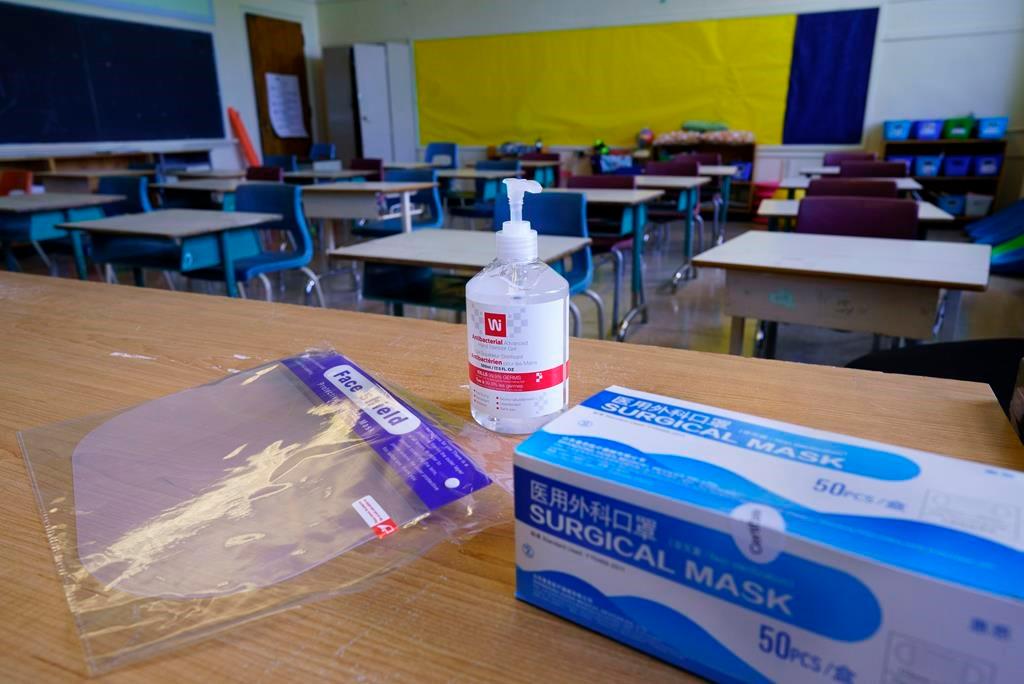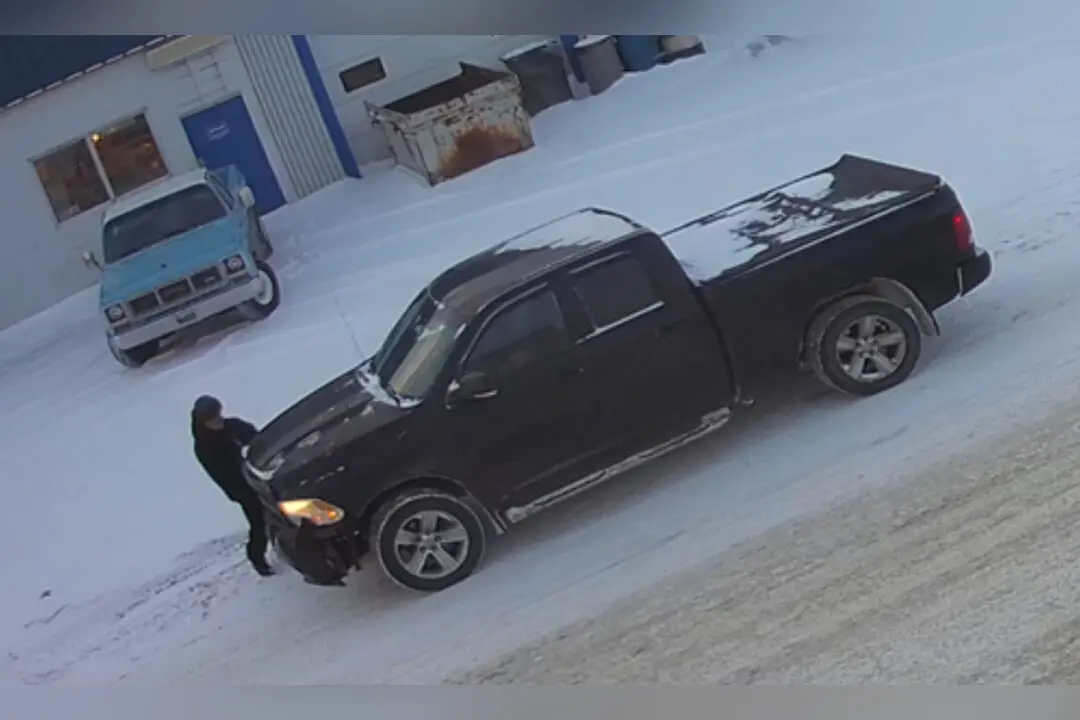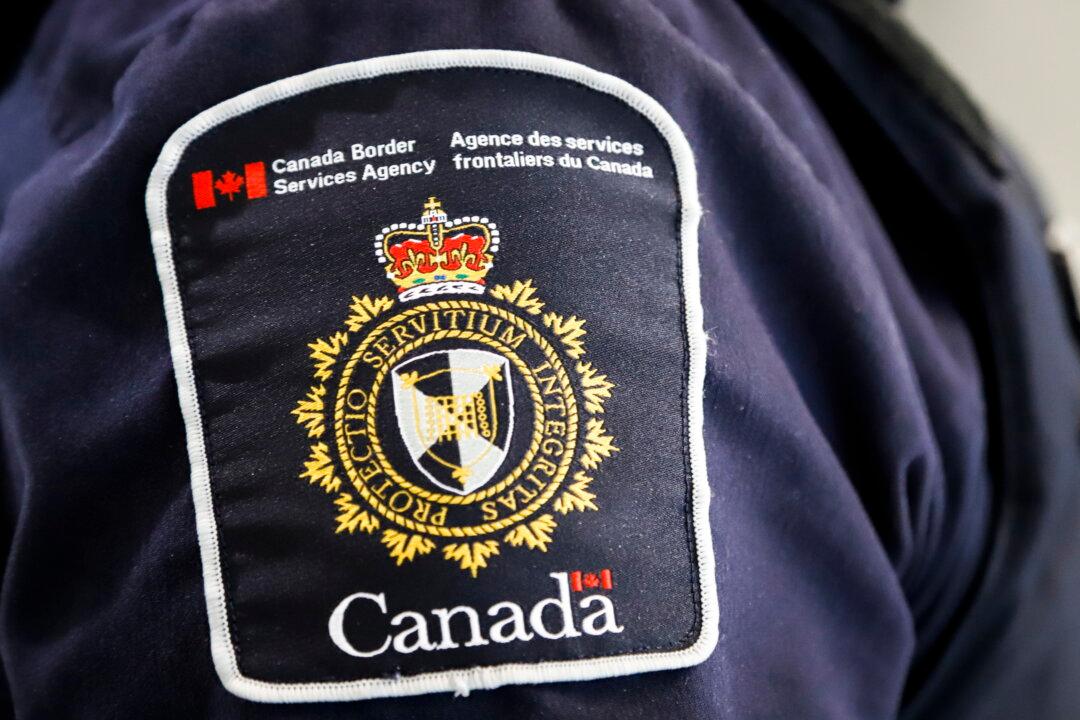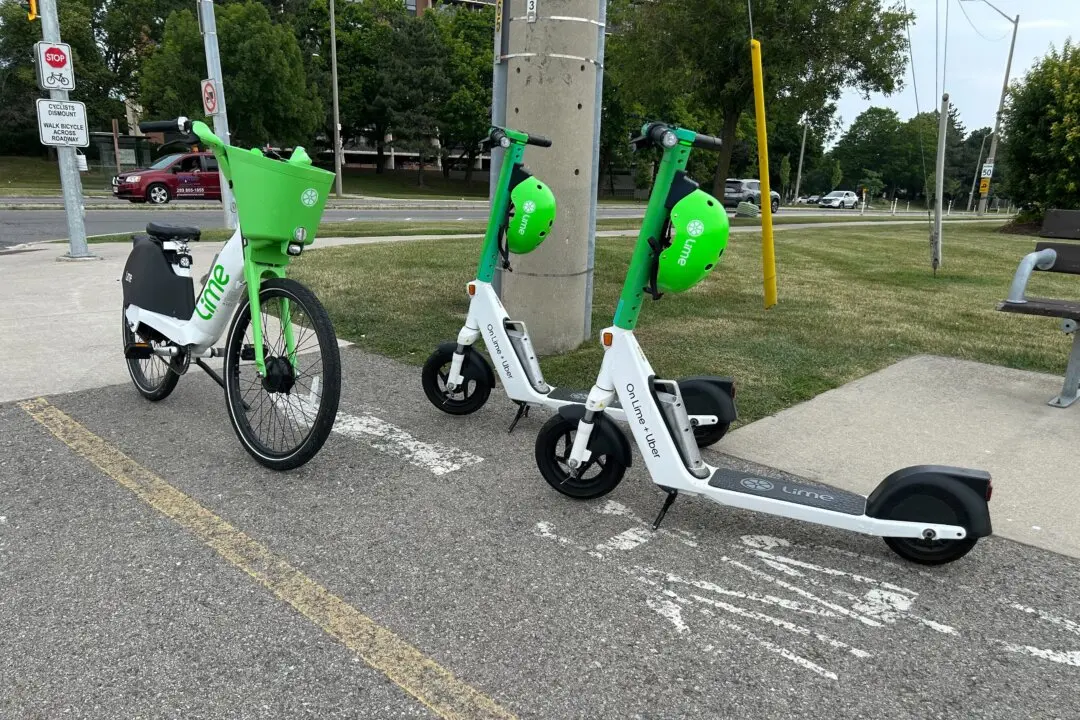A new report examining the “education disruption” caused by COVID-19 pandemic school closures found that private school students saw less “learning loss” when compared to public school students.
Pandemic Fallout: Learning Loss, Collateral Damage, and Recovery in Canada’s Schools accumulated research, information, and data from various sources to tell the story of how students fared academically and socially during the pandemic restrictions.





